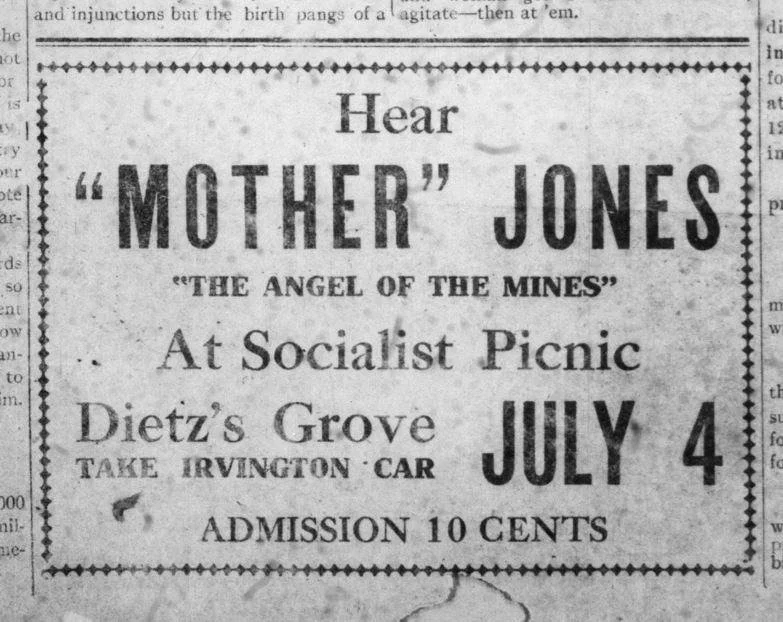Towards a Socialist Labor Slate
SMC Editorial Board Note: This piece is not an official caucus statement, but the opinion of the authors.
Socialist Majority Caucus has proposed a resolution, “Workers Will Lead the Way: Join with Unions to Run Labor Candidates,” for the upcoming Democratic Socialists of America (DSA) convention. The resolution calls for DSA to recruit ten union members to run for office and build the infrastructure to make their campaigns successful. As we have seen in New York state recently, DSA members in their unions have worked to advance a socialist electoral agenda with some real successes like tax raises on the rich in 2021. This has been done by seeing our labor and electoral strategy as part of one united task—not two separate programs.
There is an amendment to the resolution that proposes making the socialist nature of the candidate, especially a future presidential one, more important than the labor background. The resolution should be passed unamended, and a look at United States socialist history explains why a broader and more flexible, but still socialist, strategy is a better course than only running socialist trade unionists for office.
One of the political challenges this resolution seeks to overcome is the historic separation between unions and the socialist movement in this country as a unified electoral project. The uneven development of trade unions and worker parties in the United States, unlike other advanced capitalist countries, meant that some first unions and labor federations predated more successful Marxist and left-wing parties.
For example, the American Federation of Labor (AFL) was established 15 years before the Socialist Party of America (SP). The Industrial Workers of the World (IWW), however, was created four years after the SP. This timeline meant that, unlike in other countries, the divided US trade union movement was not directly connected to a class struggle-based political party. While some unions and their leaders, especially the IWW or garment unions, were very close to the SP, many others, especially craft unions and the AFL leadership, were not. The party itself was divided over preferences between the more moderate and bigger AFL and the more radical and under constant attack IWW.
However, major tendencies of the party took running labor candidates seriously. Luminaries of the party who ran for office had varying but significant worker movement backgrounds. Morris Hillquit, a centrist in the party, twice ran for mayor of New York City—including getting over 20% of the vote in 1917—and began his life in America as a garment worker then as a lawyer representing employees against management.
But running trade unionists and those with a labor background was also a staple of the more revolutionary wings of the party. Most famously, Eugene Debs, who had served in the state legislature as a Democrat before turning to socialism, ran for president five times as a left-wing candidate. Debs' fame, however, originated in his major leadership in the American Railway Union and was incarcerated for his strike-related activities in 1894. Debs was imprisoned again in 1918 for his opposition to the first World War and received nearly one million votes for president in 1920 from his jail cell.
But this went beyond Debs: “Big” Bill Haywood, a central figure in the IWW who was later expelled from the SP by the more moderate forces, also ran as the party’s nominee for Colorado governor in 1906 from an Idaho prison where he sat on trumped-up murder charges for which he was acquitted. He received eight percent of the vote!
Running labor candidates was popular enough for the SP that it cut across tendencies and went beyond cadre. Some of the biggest recruiters were not always the most active internally. This big tent approach is one we should continue. Again, we can turn to socialist history to see the benefits of this flexibility.
William Green, in his book Grassroots Socialism, described the recruitment power of beloved labor figure and Socialist Mother Jones:
In 1906, "Mother" Mary Jones made a tour of the southwestern coal fields and packed UMW halls throughout the region. She already earned herself a national reputation as a labor militant whose experience went back to the 1877 railroad strikes, the Haymarket affair, and the Pullman boycott...Although she failed to adhere to the party line as closely as did Debs and other national organizers, Mother Jones converted more miners to socialism than most of the paid lecturers and agitators who invaded the troubled southwestern coal fields in the early 1900s.
We need more Mother Jones. The way we get them is a program that unites our labor and electoral strategy, one that will seek out candidates who share our values and can best reach a wider audience. We also need to have some flexibility—not socialist identitarianism, especially at the presidential level, in order to maximize our impact in races where there are rare and limited opportunities for socialists to intervene.
It is, therefore, best to pass the resolution unamended and keep our eyes focused on building a great socialist labor slate of candidates in the years to come.

